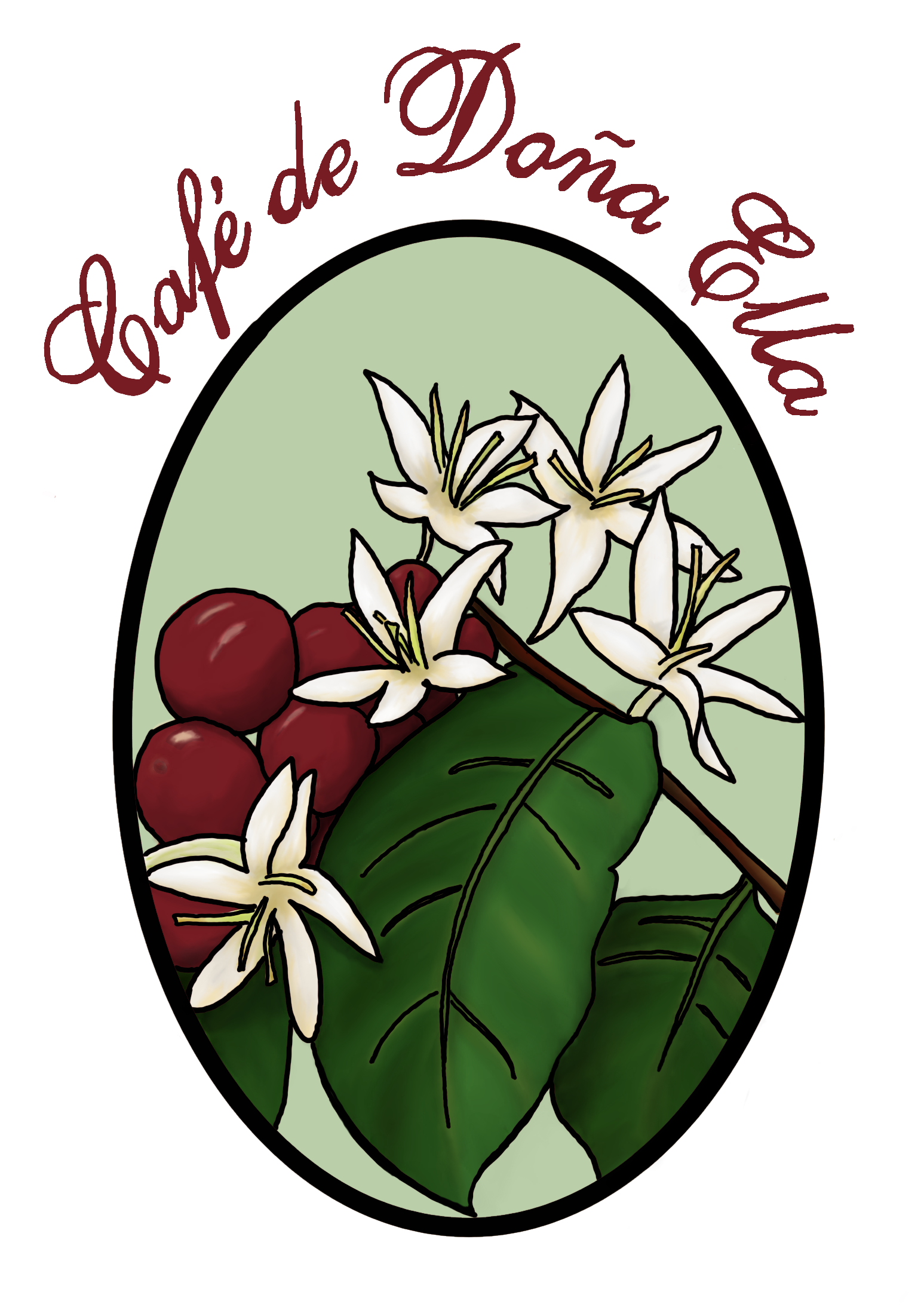Your cart is currently empty!
History of our Farm and Us
The history of our farm can be traced in our family to 3pm on the 25th of November 1915 with the purchase of the first parcel of land that is now part of Finca Grano de Oro. It was bought by my grandfather Alberto Bendix, at the age of 29. At this time, he was a German citizen and married Evangelina Magaña Herrera. He bought the first property in a place called El Trónconal, part of the municipality of Concepción de Ataco. He started to plant coffee on Finca Grano De Oro. The property was inherited by Alberto’s eldest daughter, my mother, Ella Bendix de Santana and her husband Manuel Francisco Santana Pinto in 1971. They managed the property until 1994, when, due to age and illness, they passed the responsibility to me, their youngest son Manuel Alberto Santana-Bendix, and I continue to manage the farm to this day.
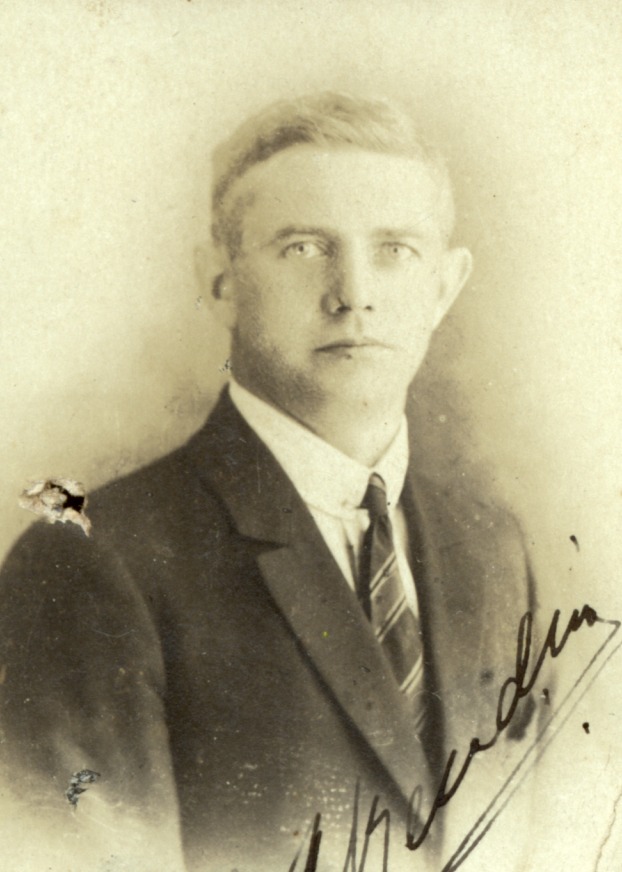
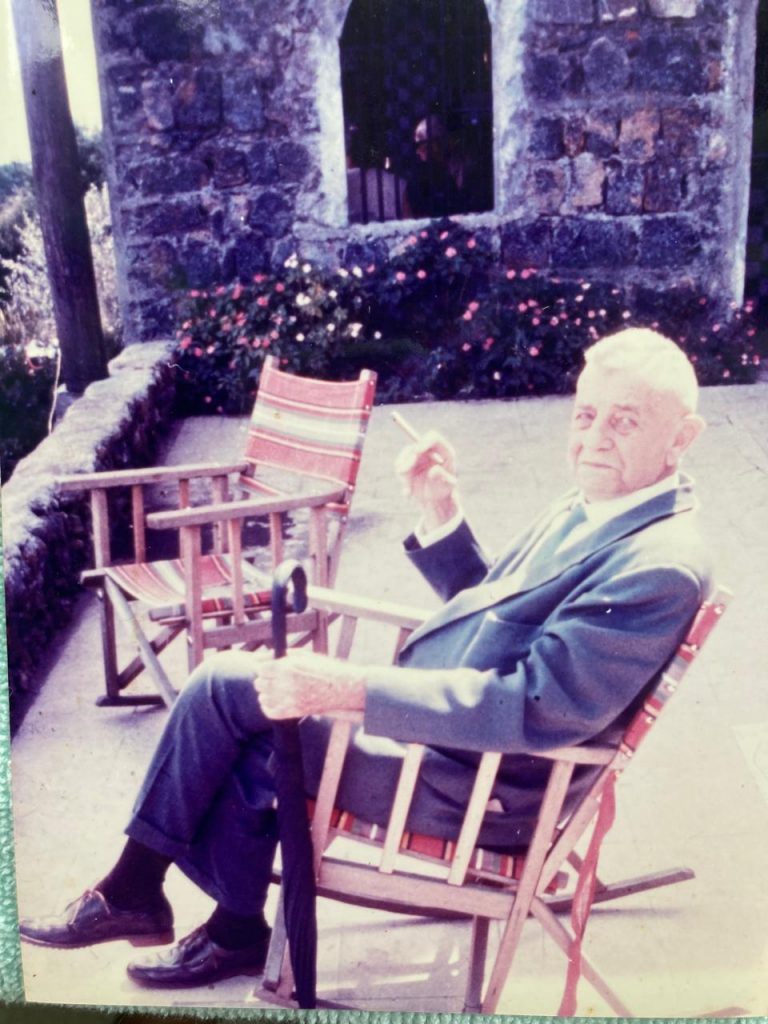

I am biologist by training, specializing in wildlife biology. I have a bachelor’s in science from both University of Costa Rica (Biology) and from Oregon State University (Wildlife Management), as well as a master’s in science from University of Arizona (Wildlife Biology). Since taking over responsibility of the farm, I follow principles of agricultural ecology in the management of the farm, meaning I treat the farm like an ecosystem. I also implemented using zero pesticides and herbicides on the field. (Learn more on our Sustainability page)
Processing the coffee under the name/brand Café de Doña Ella was born out of the price crisis of 2000, that reached an absolute low for the harvest of 2001-2002. Ironically, that year was a record harvest for us. We harvested 49,877 pounds of green coffee (Café en oro), for which we received an average of 16 cents per pound. It cost more to harvest than we could earn back, putting us in a huge financial hole. Coffee is sold at a higher price once it is processed, so my wife, Cathy Propper, suggested I find a way to bring the coffee already processed and roasted here to Flagstaff, and test if there would be a market for it. In 2003, we made a test with 500 pounds of roasted coffee: I processed the coffee on the farm, proceeded with the roasting, brought it to the united states, and sold it at the Flagstaff Farmer’s Market. We were met with such success I was invited to also sell at the Prescott Farmer’s Market. From this initial test we earned $3 more per pound compared to the prices the mills were paying coffee growers. In 2004, we bought our first pulpero–a machine that separates the skin of the coffee cherry from the beans–to increase our processing ability. Since the harvest of 2003-2004, we yielded more income from processing 35% of the total harvest than we did from selling the remaining 65% to the mills. When we started, we used the basic process–what we now call the water process. At the advice of Coffee Taster Don Boris Elias, the sun-dried process was introduced the following year (2004-2005) to great success. Also in 2004, we participated in the Cup of Excellence contest of artisan coffee for El Salvador and the farm placed 18th out of the 35 winners that year. Here we are 20 years later still processing and bringing you the highest quality coffee. Except for the pulpero, everything is done by hand. For each batch of coffee we can tell you where it came from on the farm, and even who picked the coffee.

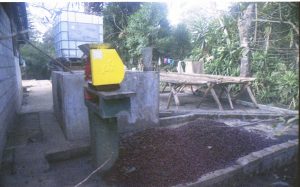
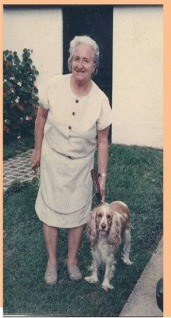
I chose the name Café de Doña Ella to honor my mother. Because even during the civil war in El Salvador, when I would sometimes have to pause my life to go and help my parents, she never, ever considered selling the farm. She said “the farm was given to me by my father, and I will not get rid of what my father left to me.” She knew she had cancer and that it was likely fatal, so right before she died she told me “I will leave the farm to you. If you sell it, it will be on your conscience.” I like to think that given all of the problems we have faced–low prices, climate change amplifying the effects of diseases–she would be proud of what we have accomplished and how we have expanded our work with the coffee. It is resilient just like her.
